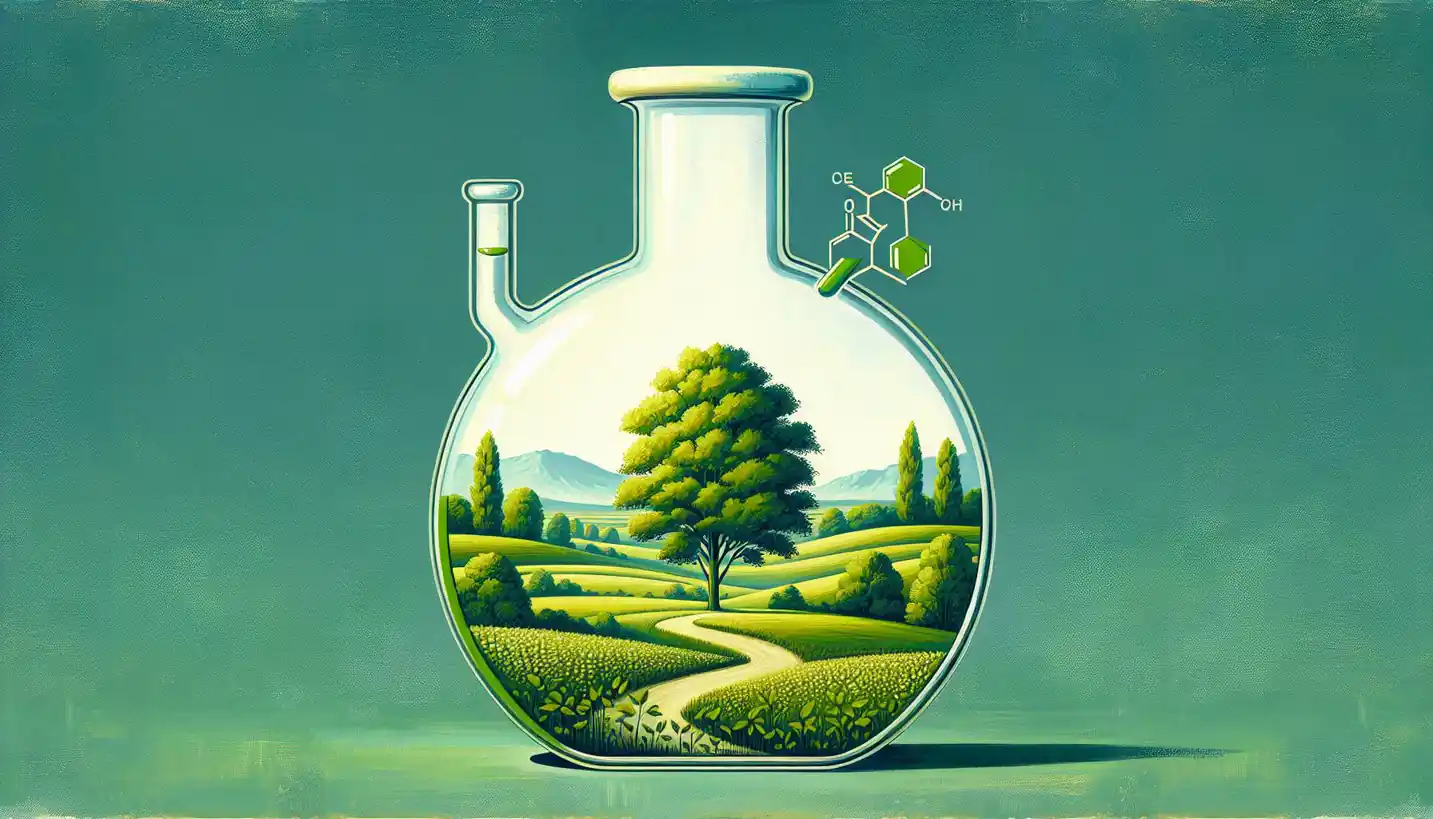· Chemistry · 5 min read
Fission: Unlocking the Secrets of Nuclear Chemistry
Fission unlocks immense energy by splitting atomic nuclei, transforming power generation. Discover how this nuclear process impacts our world and fuels energy discussions.

Once upon a time, in the world of atoms and molecules, something extraordinary was discovered—fission. This fascinating process is at the heart of nuclear chemistry and powers some of the most incredible technologies we have today. Let’s dive into what fission is, how it works, and why it matters so much in our world.
What is Fission?
In the simplest terms, fission is like a cosmic game of billiards where atoms, those tiny building blocks of everything around us, split into smaller parts. Imagine an atom as a tightly bound cluster of grapes. Normally, they stick together pretty firmly. But in fission, this cluster is hit with just the right force, causing it to fall apart and release a load of energy.
The Role of Uranium
One of the superstars in the fission world is an element called uranium. Deep in its core, uranium atoms are just waiting to be tickled with a neutron—a tiny, invisible particle. When a neutron strikes a uranium nucleus, the once stable grape cluster bursts apart. This breaking apart releases not only smaller atoms but also more neutrons, which then fly off to find other uranium atoms. This chain reaction can continue, especially in a nuclear reactor, where conditions are just right to keep it going safely.
How Fission Works
To get a bit more technical, let’s look at what actually happens during fission. When a uranium-235 atom absorbs a neutron, it becomes unstable. It doesn’t want to stay in its new form, so it splits into two or more smaller nuclei, usually krypton and barium, along with a few spare neutrons and a huge amount of energy. This process is super fast, like the pop of a firecracker, and it’s this speed and the energy released that make fission so powerful.
Chain Reactions
The idea of a chain reaction is crucial to understanding fission. Each time a uranium nucleus splits, it releases more neutrons. If these neutrons go on to split more uranium atoms, it creates a chain of splitting and energy release. In nuclear reactors, this reaction is carefully controlled to harness the energy for electricity without letting it run wild.
Fission in Everyday Life
So, why is fission such a big deal, anyway? Well, the energy from fission is what powers nuclear power plants. These plants provide electricity to millions of homes each year, and because they don’t rely on fossil fuels, they produce much less air pollution compared to coal or gas plants.
Environmental Impact
Despite its benefits, nuclear fission isn’t without challenges. The process creates nuclear waste, which needs to be stored safely for thousands of years. This waste can be hazardous if not managed properly. Plus, the risk of accidents, like the famous Chernobyl disaster, always lingers in the back of people’s minds.
But scientists and engineers are always working to make nuclear power safer and more efficient. Advances in technology may bring us better ways to handle waste and lower the chance of accidents, making fission an even more attractive energy source.
The Human Story Behind Fission
The journey to understanding and harnessing fission started in an unlikely place—inside the minds of brilliant scientists like Otto Hahn and Lise Meitner. In the late 1930s, Hahn and Meitner discovered that bombarding uranium atoms with neutrons could split them apart. This breakthrough soon led to other scientific milestones, including the development of nuclear reactors and, on a more somber note, atomic weapons.
Turning Points
Their work changed the course of history. Fission became a tool for both civilian and military use. While the bombs dropped on Hiroshima and Nagasaki during World War II showed fission’s destructive power, today’s focus is much more on using fission for peaceful purposes like generating electricity.
The Future of Fission
As we look to the future, fission remains an important part of the conversation about energy. Many people wonder: Could nuclear fission be the key to solving our energy issues? It’s a big question with no simple answer.
New Developments
Scientists are exploring advanced fission reactors that promise to be safer and produce less waste. Some of these might even use the nuclear waste we currently have as fuel, creating a more sustainable cycle.
Fission vs. Fusion
There’s also another nuclear process called fusion, where atoms combine rather than split, which might offer even greater potential. Fusion promises to be cleaner and safer as it doesn’t produce long-lived waste. However, controlling fusion on Earth has proved to be extremely challenging, so fission remains our main source of nuclear energy for now.
Conclusion: The Importance of Fission
Fission, with all its complexities and contradictions, sits at the crossroads of science, technology, and society. It highlights our ability to understand and transform the natural world, but it also challenges us to think responsibly about how we use that power.
The world of nuclear chemistry is as exciting as it is complicated, filled with potential and questions. As we harness the power of fission, we continue to discover and learn, hoping for solutions that will lead us to a more sustainable and energy-efficient future.


